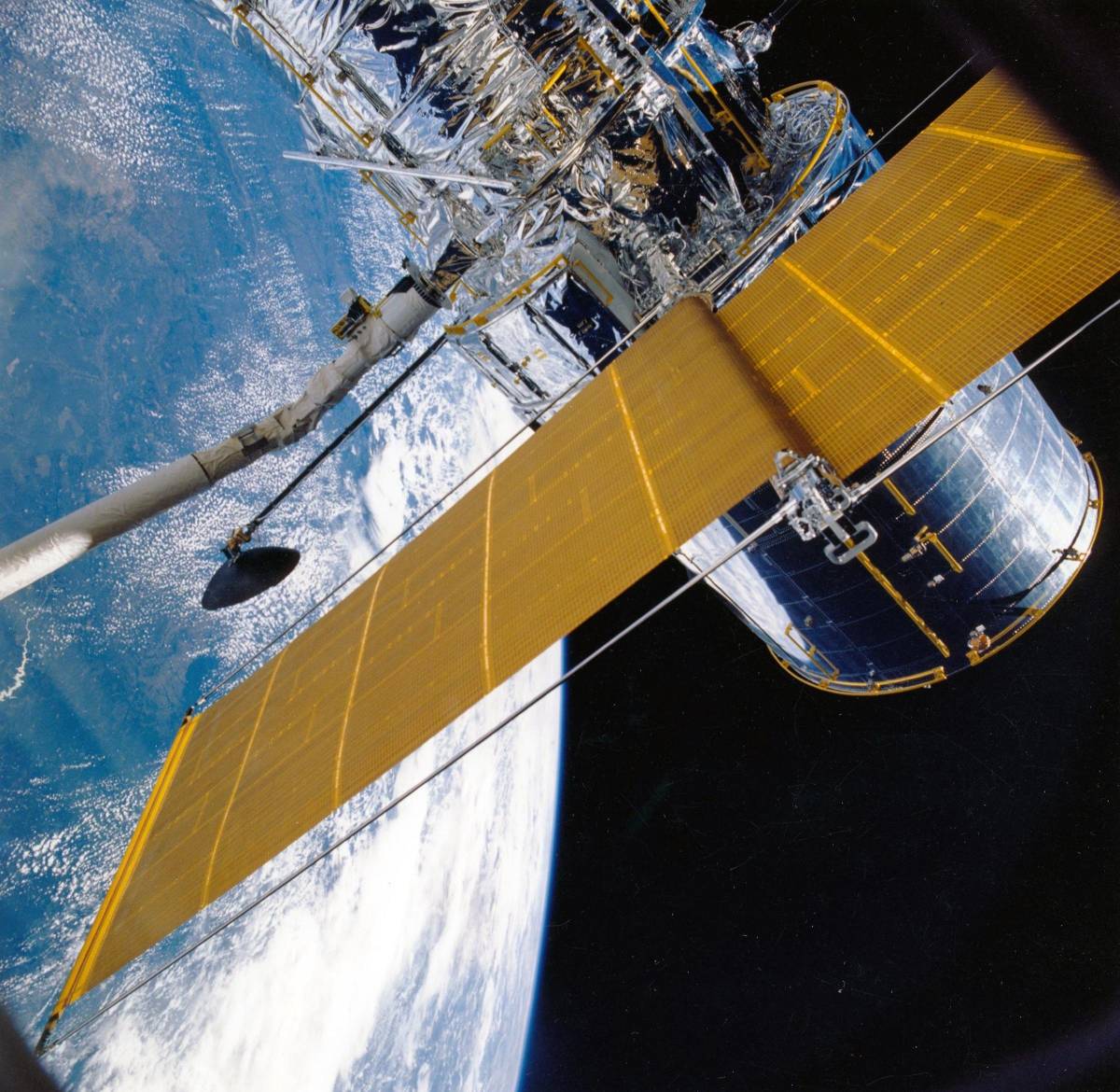
The defence and aerospace industry (referred to hereinafter as the “D&A Sector”) is changing faster than ever before given the pace at which technological advancements are being achieved by innovations and breakthroughs. For the last few years, at least in the Indian ecosystem, most venture capital (“VC”) and other early-stage investors have shunned the D&A industry due to certain factors that are unique to the sector itself, such as its long timeframe and expensive requirements, which act as intrinsic barriers to recoup any quick rewards that most VCs and early-stage investors seek. This becomes even more problematic when industries that have a strong consumer market and or a very voluminous B2B market (in terms of order sizes and not revenue) exhibit lower barriers of entry, reduced capital needs and considerably faster route to achieve large profits. But this has been changing as of late with large companies setting up captive investment arms, venture, and angel investors increasingly getting involved in this market, and new business accelerators dedicated to aerospace/space which are emerging. Much of this activity had been initially focused on well-funded efforts targeting space and drone applications. However, the current trends in technological development are increasingly pointing to a wider variety of companies emerging, although those focusing on drones or space-related ventures are still perhaps the most popular.
Over the last few years, a focused VC investment in D&A start-up companies has been contributing to a much lower price-of-entry for the industry.i As VC investors are seeing opportunities for substantial returns from D&A-focused start-ups, they are increasingly providing funding to new small companies. The days where commercial access to D&A is limited to a commercial company’s absolute cost advantage, a sole source contract, or government funding are long gone as the sector which was once the bastion of the few is gradually opening up to newer entrants. Disruptive D&A companies are being fuelled by innovative designs and are fostered by VCs at early stages of their development. These start-ups are reimagining the use of disruptive technology across the global economy for industrialized and developing nations, as well as adapting military technologies to a more dual-use pattern in order to solve pressing civilian and social problems, thereby opening other market avenues for their financiers and stakeholders. Other than the primary motivation for most VC investors is to achieve either an early exit or to take advantage of the commercialization of the product, there are a number of other factors that make the Defence & Aerospace ecosystem ripe for an inflow of VC investments.
- VC Investment Acting as an Accelerator for Technological Advancements in the D&A Sector: Another opportunity that can be considered to be a motivating factor for VC investors to participate in early-stage or seed-stage funding rounds for D&A companies is the opportunity for creating technological breakthroughs. VC investment has allowed innovative aerospace technologies and companies to accelerate their market adoption by reducing barriers to market growth; thereby rapidly driving changes in external markets and positively impacting major social issues. Importantly, disruptive D&A technologies do not need to be widely adopted in order to have a major impact on both the global market and social issues. Furthermore, venture capital investors are increasingly consisting of more than just traditional capital investor companies; with several large companies such as Boeing (through its HorizonX fund), Thales and Google making venture capital investments in order to benefit from the disruptive technologies created in start-ups.
- Decreasing Risk & Cost of Innovation presents a prime opportunity for VCs: The high risk of investing capital in large-scale R&D programs is now offset by the lower risk of driving innovation through venture capital investment, technology incubators, or M&A activities. The risk of not being the first to market is now increasingly becoming compounded by the risk of not being the first to invest. Established D&A giants such as Airbus, Lockheed Martin, Raytheon, Boeing, and Northrop Grumman are facing competition from new investment in their areas of expertise by outside players that might not possess an entrenched position in the market yet hold the ability to challenge the status quo.
- Capitalizing on Potential Loss of Innovation through Investments in Startups that can be lucrative M&A targets for prime tier vendors: Furthermore, for the D&A sector specifically, we believe that the lack of investment in a disruptive technology by a prime tier vendor in instances where their competitors do, will create a potential loss of innovation, thereby leading to increased internal R&D costs and potential market position erosion. Essentially, established D&A corporations that make a venture investment in disruptive technology may be reducing the risks and costs associated with starting up a traditional R&D program; thereby buying down risk and freeing up capital for critical supply chain or core product investments. VC investment is augmenting the traditional research and development (R&D) models for disruptive technologies and, for an acquiring company can create capitalization opportunities for the acquirer’s larger, core programs. Once the prime tier defence contractors realize this ‘technological lag’ or gap between their and the start-up's product, there will obviously be attempts to bridge such a gap through an M&A – the most evident example of this can be Aerojet Rocketdyne’s acquisition by Lockheed Martin (LMT), which was primarily driven by an effort from LMT management to increase their propulsion system portfolio and acquire hypersonic capabilities. Limited resources, coupled with a desire to reinvest in core competencies, are often catalysts that drive acquisitions of start-up companies by established companies. There are many reasons for large companies to buy out start-ups rather than invest large amounts of money into proprietary R&D funds. One reason being simply that start-ups innovate in a more agile and cost-effective manner than larger corporations; the main goal for many start-ups being to create a marketable product that can either have an end goal of being turned into a business practice or bought out by a larger corporation. In many cases, acquisition by an established company provides the start-up with access to much needed capital and provides the established company with access to technologies and talent. This facet of the D&A VC market is something that we believe VCs can capitalize on, by investing in ventures or start-ups that although may not achieve the kind of market share that prime tier vendors possess but would nonetheless pose as lucrative acquisition targets upon their achievement and demonstration of their IOC (Initial Operating Capability).
- The Ideal Time for a ‘Challenger’ to Prime Tier D&A Companies: Established commercial companies are feeling the market pressures to adapt to a D&A industry where start-ups backed by venture capital are beginning to control an increasingly large portion of the market. Today’s start-up D&A companies are more flexible and responsive than the D&A juggernauts that have dominated the industry for the past 70 or so years. D&A start-ups have brought more disruptive technologies to commercial markets in the last five years than established companies have in the last decade or so. The rapid rise of the D&A start-ups and increasing market position and supplier power is disrupting legacy programs and projects at companies. This represents a significant erosion of the current monopsony and duopolies created by established aerospace and defence corporations. Start-up companies are creating incentives for established commercial companies to embrace start-up mentalities and innovate in an agile, cost-effective manner while remaining lean enough to respond to market demands. This has the resultant effect of opening these highly closeted markets to newer entrants in the manner of something akin to a ‘snowball effect. As more and more start-ups are entering this once reserved sector, it is also visibly providing an impetus and inspiration for others to join the fray and to carve their own niche markets within, which would also translate into a stronger opportunity for start-ups to add value to different parts of the D&A Value chain across all tiers.
- Exploiting the Market for Dual-Use / Civilian Applications of Technologies: Cross-fertilisation of research and innovation between the civil and defence sector has always existed. In the past decades, we have seen a significant rise in the use of digital and emerging technologies (e.g. robotics, AI, etc.) across industries, including in the defence sector. Defence R&D is at the origin of important spin-offs that have benefitted both the defence and the civil sector while respecting the constraints inherent to the defence sector. Compared to other public investments, those in defence have equally positive macroeconomic effects as regards Gross Domestic Product (GDP), tax and employment, but a significantly higher impact on R&D. In addition, the highly specialised engineering and technical skills of the defence sector have proven to be transferable towards a wide range of civil activities. Venture capital is pivotal in bringing disruptive aerospace technologies to a maturity level where wider market adoption will lead to an impact on society. Disruptive aerospace technologies are often adaptable or capable of modifications in order to concoct new products for new markets. Such alternative uses can be directly supported by venture capital investment as a D&A start-up is often focused on establishing its core competencies around the technology rather than a product, which means that an attempt to invest in diversified applications for a particular technology may be undertaken at lower cost since the foundational underpinnings for such applications are already available with the start-up in the form of the said technology. The utilization of venture capital can in such cases be diverted to the go-to-market strategy of the technology and prime it for disruptive growth in a dual-use scenario. Venture capital employed at this stage can also create market opportunities to reach early adopters and drive disruption within the market that generally leads to larger impacts - both economic and social. For the naysayers, the current Internet, GPS (Global Positioning System) systems, even early-stage propulsion systems have all been borne out through such diversified applications / adoption to civilian use. The potential windfall that a VC investor could have generated had they invested in early stage, military-use GPS is, at least in hindsight, astronomical. While it would be nothing short of foolish to assume that this is a trend that can be juxtaposed on any technology created with a defence-focused application, it nonetheless can be argued that this proposition (of investing in dual-use technology at an early stage) holds immense promise for any private market participants.
In summation, a stronger venture capital investment into D&A companies can help them build around their core competencies and simultaneously allow them to transform their value chain activities often with the goal of benefiting society while reinforcing strategical imperatives. This approach can allow D&A start-ups to embrace the role of being a value creator through positive externalities, reducing negative externalities, and creating value for both direct and indirect beneficiaries while increasing their competitive advantage.


